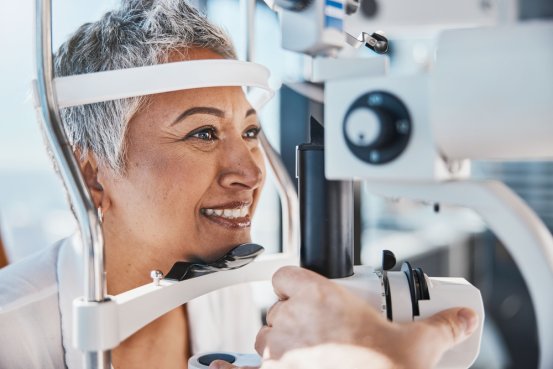Wet age-related macular degeneration (wet AMD) is a severe eye condition affecting central vision, and understanding treatment options is key to preserving sight and quality of life.

What is Wet AMD?
Wet AMD develops when abnormal blood vessels form beneath the retina, leaking fluid that causes swelling and distorts central vision. Unlike dry AMD, which progresses slowly, wet AMD can lead to rapid vision loss, making early detection and intervention critical.
Approximately 10% of individuals with AMD develop the wet form, typically after age 60, though younger people with genetic predispositions can also be affected. Symptoms include blurry or distorted central vision and dark spots. Prompt recognition of these signs is essential for timely medical evaluation.
Anti-VEGF Injections
The primary treatment for wet AMD is anti-vascular endothelial growth factor (anti-VEGF) injections. Medications such as ranibizumab (Lucentis) and aflibercept (Eylea) inhibit abnormal blood vessel growth, helping to preserve or restore vision.
These injections are delivered directly into the eye, usually starting with monthly treatments followed by maintenance doses at longer intervals. Clinical studies show strong efficacy, though ongoing treatment is necessary. Side effects, including infections or elevated eye pressure, should be monitored carefully.
Laser and Photodynamic Therapy
Laser therapy is an alternative for certain patients, targeting and sealing leaking blood vessels to reduce further damage, though it is generally reserved for specific cases.
Photodynamic therapy (PDT) combines a light-sensitive drug with laser activation to selectively destroy abnormal vessels. Many patients experience improvement with PDT, though outcomes vary depending on disease stage and individual factors.
Lifestyle Choices for Eye Health
Healthy lifestyle habits can complement medical treatments. Diets rich in leafy greens, fruits, and omega-3 fatty acids benefit eye health. Managing weight and controlling blood pressure can help slow AMD progression.
Routine eye exams are vital for early detection, while UV-blocking sunglasses and smoking cessation reduce risk. Regular exercise supports overall health and may contribute to slower disease progression.
Treatment Risks and Side Effects
All treatments carry potential risks. Anti-VEGF injections may cause temporary discomfort, blurred vision, or, in rare cases, serious complications like retinal detachment. Laser therapy can result in scarring or temporary vision changes.
Patients should work closely with eye care professionals to weigh benefits and risks, ensuring treatments are tailored to individual needs.
Conclusion
Despite its challenges, wet AMD can be managed effectively through multiple treatment options. Anti-VEGF injections remain the standard, while laser therapy and PDT provide valuable alternatives. Supporting these interventions with a healthy lifestyle enhances outcomes, helping individuals preserve vision and maintain quality of life.
